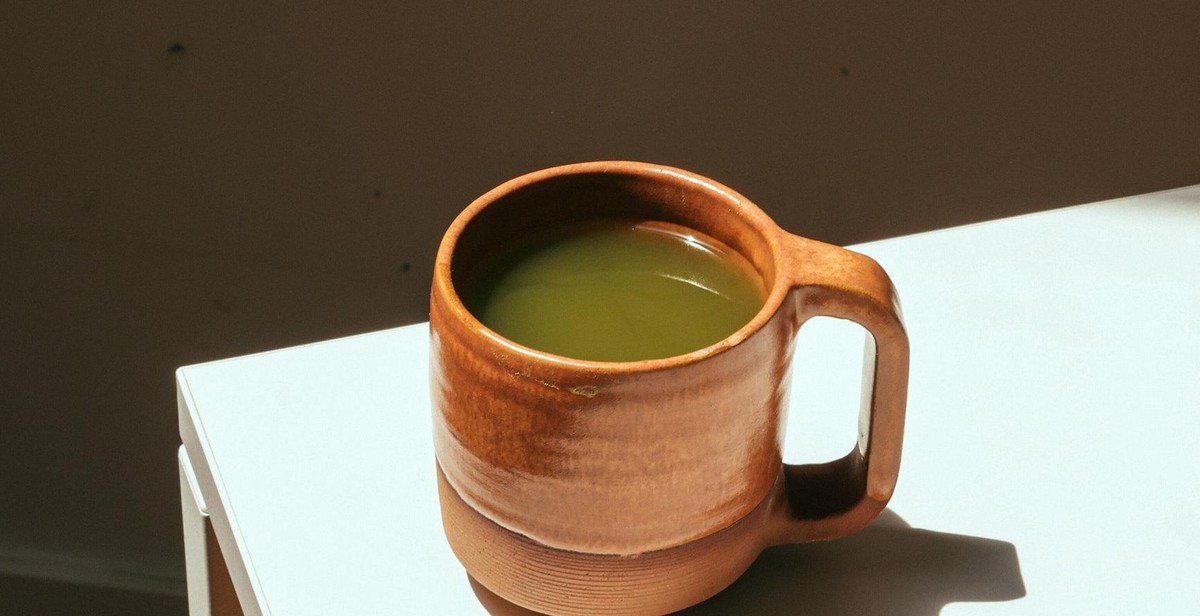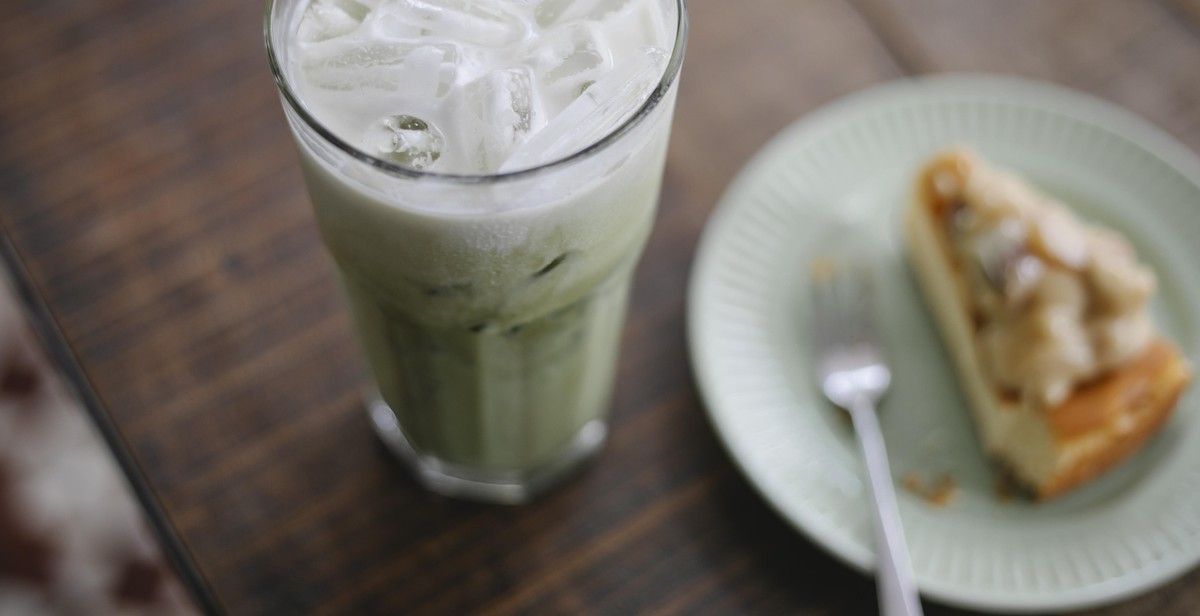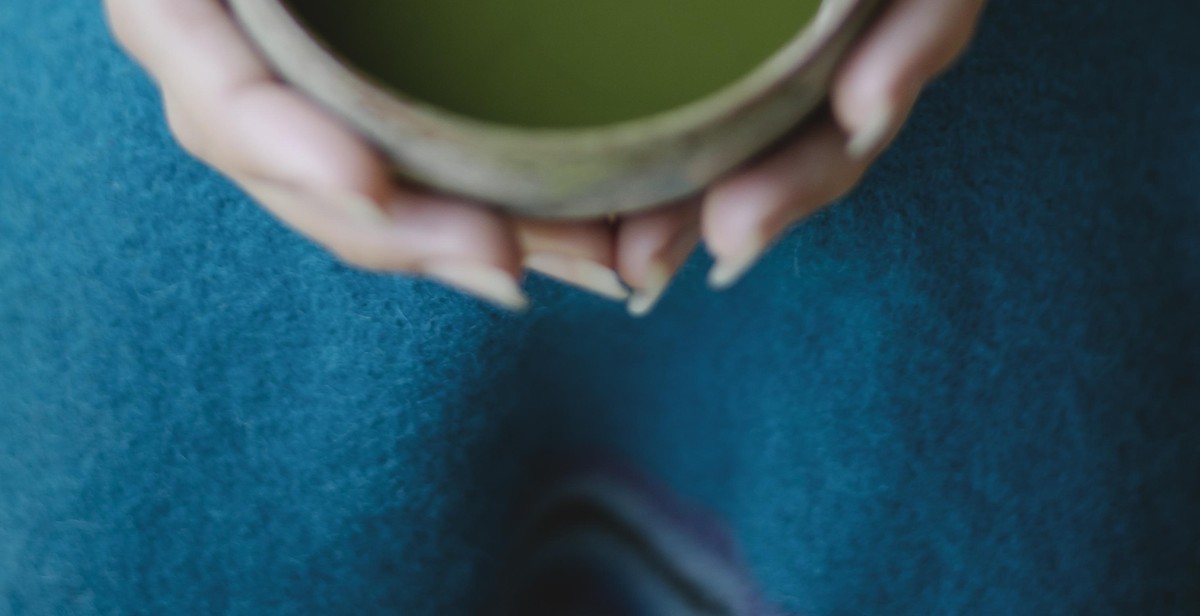Introduction
Matcha tea is a traditional Japanese green tea that has been gaining popularity worldwide due to its unique taste and numerous health benefits. Unlike other teas, matcha is made from finely ground green tea leaves that are grown in the shade and harvested just once a year.
The process of preparing and serving matcha is an art form in itself, with a rich cultural history dating back to the 12th century. Today, matcha is enjoyed not only for its delicious taste but also for its potential health benefits, which include boosting metabolism, improving brain function, and reducing the risk of chronic diseases.
What is Matcha Tea?
Matcha tea is a type of green tea that has been ground into a fine powder. The tea leaves used to make matcha are grown in the shade for several weeks before being harvested, which increases their chlorophyll content and gives them a deep green color. After harvesting, the leaves are steamed, dried, and ground into a fine powder using traditional stone mills.
Matcha is known for its unique taste, which is both sweet and bitter, and its vibrant green color. It is often used in Japanese tea ceremonies, where it is prepared and served with great care and attention to detail.
The Health Benefits of Matcha Tea
Matcha tea is packed with antioxidants, which can help protect the body against damage caused by free radicals. It also contains caffeine and L-theanine, which work together to improve brain function and increase alertness without causing the jittery feeling often associated with coffee.
Matcha tea has also been shown to boost metabolism and aid in weight loss, as well as reduce the risk of chronic diseases such as heart disease, diabetes, and cancer.
In the following article, we will explore the art of preparing and serving matcha tea, including the tools and techniques used, as well as some delicious recipes to try at home.

Benefits of Matcha Tea
Matcha tea has been consumed for centuries in Japan and is now gaining popularity around the world. It is made from finely ground green tea leaves that are grown in the shade and has a unique taste and texture compared to other teas. Here are some of the benefits of drinking matcha tea:
Boosts Energy and Focus
Matcha tea contains caffeine, which can help you feel more awake and alert. However, unlike coffee, matcha tea also contains L-theanine, an amino acid that promotes relaxation and reduces stress. This combination of caffeine and L-theanine can help improve your focus and concentration without the jittery feeling that coffee can sometimes cause.
Rich in Antioxidants
Matcha tea is packed with antioxidants, which are compounds that help protect your cells from damage caused by free radicals. One cup of matcha tea contains more antioxidants than many other foods, such as blueberries and spinach. These antioxidants can help reduce inflammation, lower your risk of chronic diseases, and improve your overall health.
May Help with Weight Loss
Matcha tea has been shown to help boost metabolism and burn fat, which can help with weight loss. It also contains a compound called EGCG, which has been shown to help reduce inflammation and improve heart health. Drinking matcha tea as part of a healthy diet and exercise routine may help you reach your weight loss goals.
May Lower Risk of Chronic Diseases
Matcha tea contains several compounds that may help lower your risk of chronic diseases such as cancer, heart disease, and diabetes. These compounds include antioxidants, polyphenols, and catechins. Drinking matcha tea regularly as part of a healthy diet and lifestyle may help improve your overall health and reduce your risk of these diseases.
Overall, matcha tea is a delicious and healthy beverage that offers a wide range of benefits. Whether you’re looking for a natural way to boost your energy and focus or improve your overall health, matcha tea is definitely worth trying.

Preparing Matcha Tea
Matcha tea is a traditional Japanese green tea that is rich in antioxidants and has numerous health benefits. Preparing matcha tea requires some special tools and techniques, but the results are worth the effort. Here’s what you’ll need:
What You’ll Need
- Matcha powder
- Bamboo whisk (chasen)
- Bamboo scoop (chashaku)
- Matcha bowl (chawan)
- Hot water (not boiling)
Step-by-Step Instructions
- Heat water to around 175°F (80°C). Boiling water will scorch the delicate matcha powder and ruin the flavor.
- Add a small amount of hot water to your matcha bowl and use the whisk to warm the bowl.
- Use the bamboo scoop to measure out 1-2 teaspoons of matcha powder and sift it into the bowl. Sifting will help to remove any lumps and ensure a smooth, consistent texture.
- Add around 2-3 ounces of hot water to the bowl. The amount of water can vary depending on your preference, but it’s best to start with a smaller amount and adjust as needed.
- Hold the bowl with one hand and use the other hand to whisk the tea in a zig-zag motion. Use your wrist, not your arm, to create a frothy texture. Whisk until the tea is smooth and there are no lumps.
- When the tea is ready, lift the whisk from the bowl and use it to smooth out any bubbles on the surface of the tea.
- Enjoy your matcha tea straight from the bowl or pour into a cup to serve.
Preparing matcha tea can be a meditative and relaxing experience. Take your time to enjoy the process and appreciate the beauty of the tea. With practice, you’ll be able to create the perfect cup of matcha every time.

Serving Matcha Tea
Matcha tea has been an integral part of Japanese culture for centuries. The traditional Japanese tea ceremony, or chanoyu, is a highly ritualized and formal way of preparing and serving matcha tea. However, there are alternative serving methods that are more casual and suited for modern lifestyles.
Traditional Japanese Tea Ceremony
The traditional Japanese tea ceremony is a highly choreographed and formal ritual that has been passed down from generation to generation. It is a way of expressing respect, hospitality, and harmony with nature. The ceremony involves the preparation and serving of matcha tea, along with traditional Japanese sweets.
The tea ceremony is usually performed in a specially designed tea room, which is decorated with simple and elegant furnishings. The guests are invited to sit on tatami mats, and the host prepares the tea in front of them. The tea is served in small bowls, and the guests are expected to follow certain etiquette when drinking the tea.
The tea ceremony is a way of bringing people together and fostering a sense of community. It is a way of slowing down and appreciating the present moment. The traditional Japanese tea ceremony is a beautiful and meaningful way of serving matcha tea, but it is not the only way.
Alternative Serving Methods
There are alternative serving methods that are more casual and suited for modern lifestyles. For example, matcha tea can be prepared and served in a regular tea pot or mug. The tea can be whisked with a bamboo whisk or an electric whisk. The tea can be served hot or cold, with or without milk or sweetener. Matcha tea can also be used as an ingredient in smoothies, desserts, and other recipes.
Matcha tea is a versatile and delicious beverage that can be enjoyed in many different ways. Whether you prefer the traditional Japanese tea ceremony or a more casual approach, there is no wrong way to serve matcha tea.
| Serving Method | Pros | Cons |
|---|---|---|
| Traditional Japanese Tea Ceremony | Beautiful and meaningful way of serving matcha tea; fosters a sense of community; promotes mindfulness and appreciation of the present moment | Highly formal and choreographed; requires special equipment and training; may not be suitable for modern lifestyles |
| Alternative Serving Methods | More casual and suited for modern lifestyles; versatile and adaptable to different tastes and preferences; can be used in various recipes | May not have the same cultural significance and depth of meaning as the traditional Japanese tea ceremony; may not be as aesthetically pleasing |

Conclusion
Matcha tea is a delicious and healthy drink that can be enjoyed any time of day. With its unique preparation and serving methods, it offers a unique and memorable experience that is sure to impress guests or satisfy your own cravings.
When preparing matcha tea, it is important to use high-quality ingredients and follow the proper techniques to ensure the best flavor and texture. From choosing the right tea leaves to whisking the tea to the perfect consistency, every step of the process plays a role in creating a delicious cup of matcha.
Whether you prefer your matcha tea hot or cold, sweetened or unsweetened, there are many ways to customize this drink to your liking. With a little experimentation and creativity, you can create your own unique matcha recipes that are sure to become a favorite among your family and friends.
Overall, matcha tea is a wonderful addition to any tea lover’s collection. Not only is it delicious and refreshing, but it also offers a wide range of health benefits that make it a smart choice for anyone looking to improve their well-being. So why not give it a try today and discover all that matcha tea has to offer?
| Pros | Cons |
|---|---|
|
|
